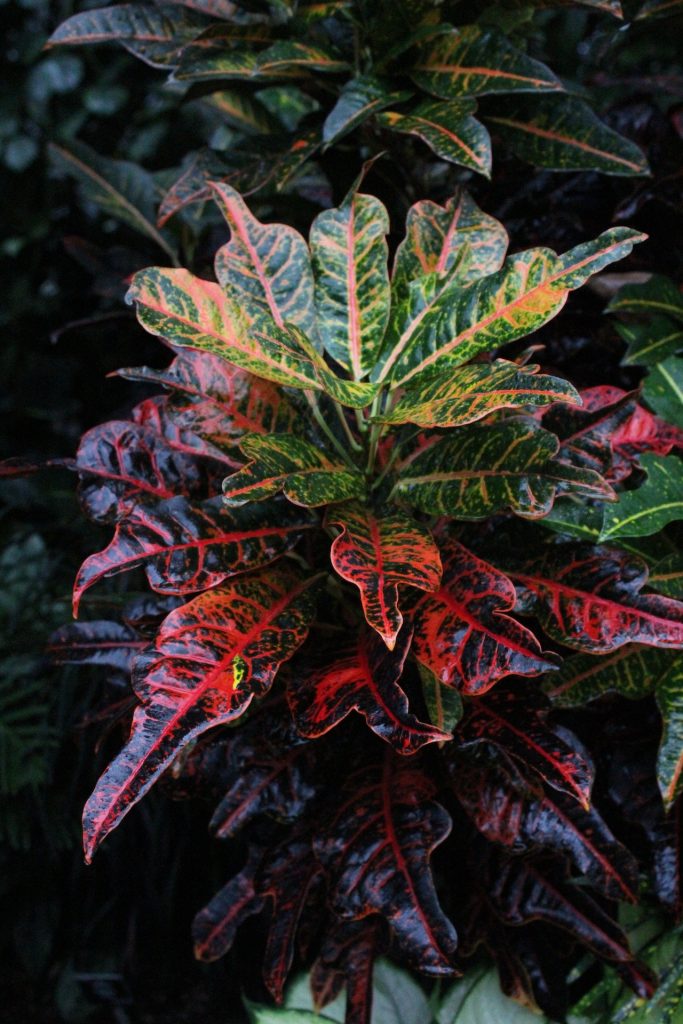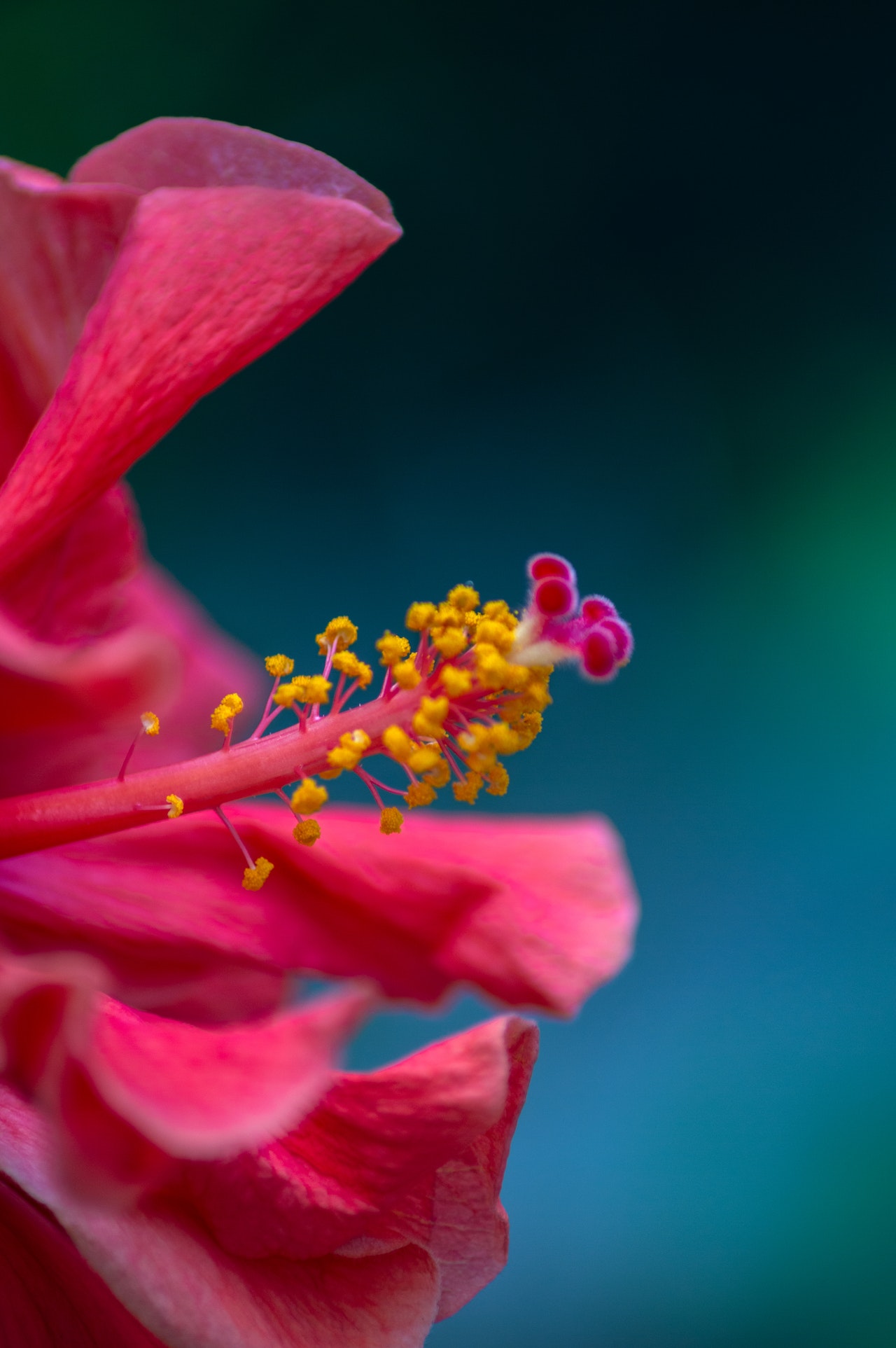From the report “Adventitious rooting in cuttings of croton and hibiscus in response to indolbutyric acid and humic acid“, of Lílian Estrela Borges BaldottoI, Marihus Altoé Baldotto, Raíssa Rezende Soares, Herminia Emilia Prieto Martinez, and Vitor Hugo Alvarez Venegas, published at Revista Ceres.
Adventitious rooting of ornamental plants can be accelerated by the application of growth regulators, such as auxin. Humic acids, organic matter in soil and organic compounds also have a biostimulant effect.
This work is based on the hypothesis that the bioactive fractions of humidified organic matter in the form of HA can promote adventitious rooting in cuttings of ornamental plants and may be an alternative to commercial synthetic growth regulators, such as IBA.

It was carried out in a greenhouse an experiment to evalue the rooting, sprouting and growth characteristics in stem cuttings of croton (Codianeum variegatum L. Rumph) and hibiscus (Hibiscus rosa-sinensis L) in response to the application of different concentrations of indolbutyric acid (IBA) and humic acid (HA).
Apical stem cuttings were treated with solutions at concentrations of:
- 0, 250, 500, 1000, 2000 mg/l of IBA
- 0, 10, 20, 30, 40 mmol/l of Humic Acids isolated from vermicomposting.
Forty-five days after the applications, the cuttings were removed from the pots containing carbonized rice hull and the following variables were measured:
- rooting number
- length and width of leaves
- fresh and dry matter of root
- aerial part and root area
The results were subjected to analysis of variance and the qualitative and quantitative effects of the treatments were compared by contrast and regression, respectively.
The effect of the exogenous application of growth regulators for adventitious rooting was higher in stem cuttings of hibiscus than in cuttings of croton.
It was found that the application of eiher IBA or HA at the indicated doses accelerates rooting in cuttings of croton and hibiscus and contributes to the formation of vigorous plants. Higher accumulation of root dry matter was recorded for the treatments with the doses 579 mg/l of IBA and 14 mmol/l of HA for root cuttings of croton, and 970 mg/l of IBA and 50 mmol/l of HA for hibiscus.
For both species, IBA showed a higher biostimulating effect than HA and, therefore, higher than the control. Humic acids are able to stimulate rooting in cuttings of croton and hibiscus and represents a technological alternative in the production of ornamentals.
Commercial: obtain biostimulants

